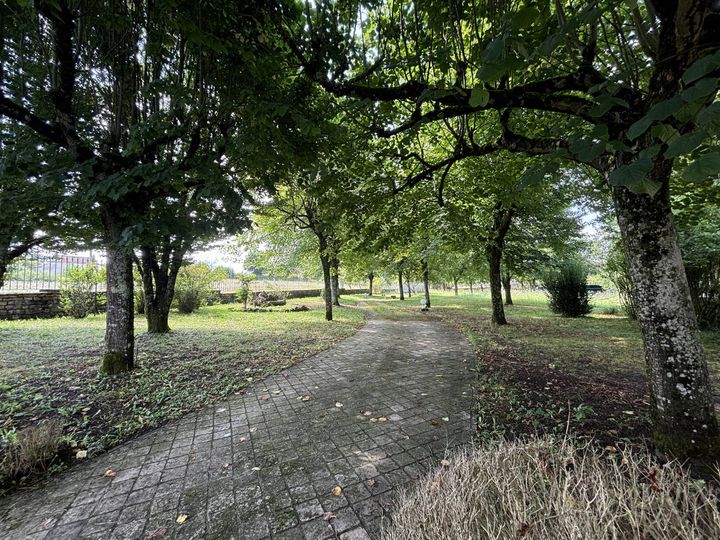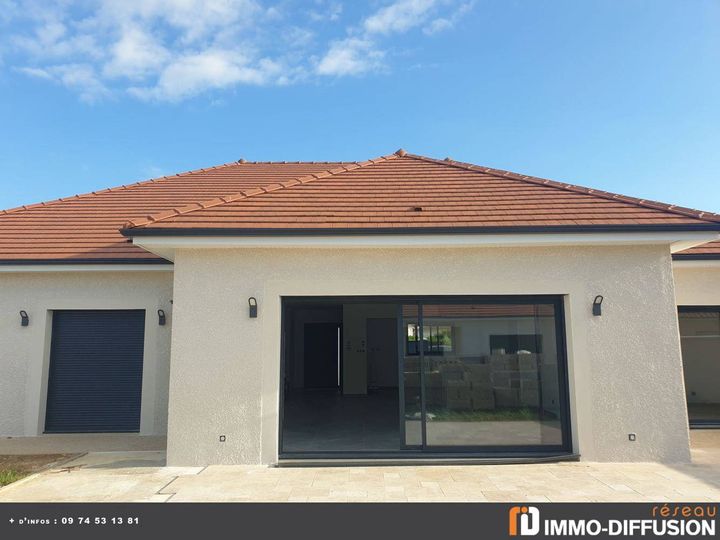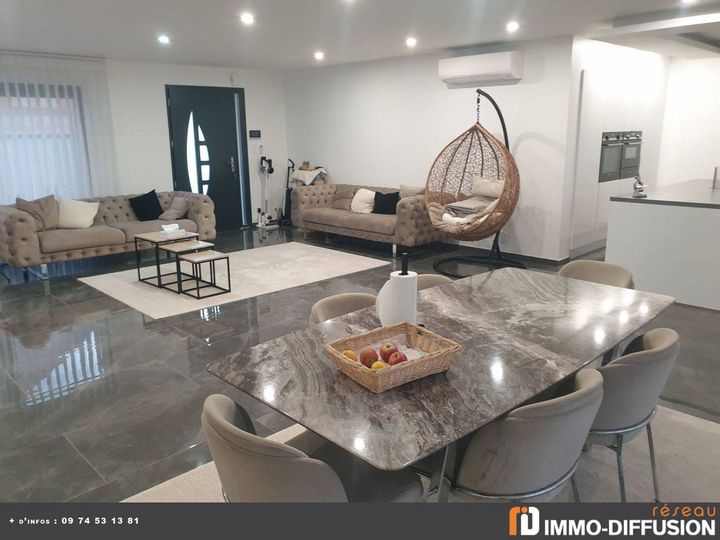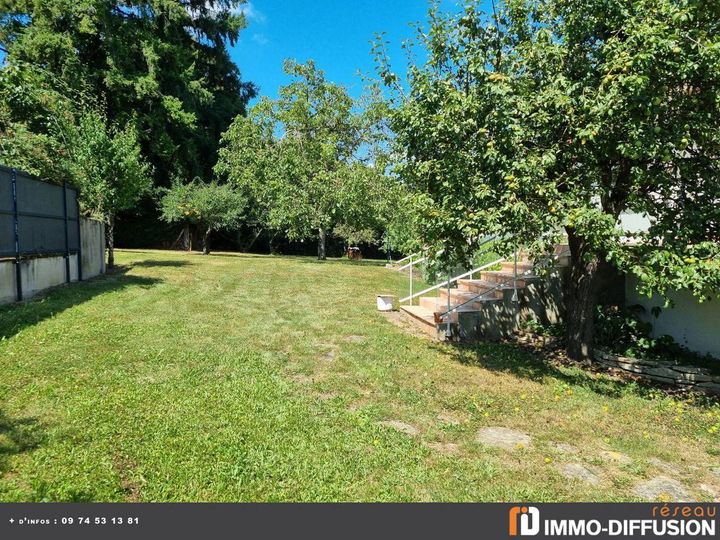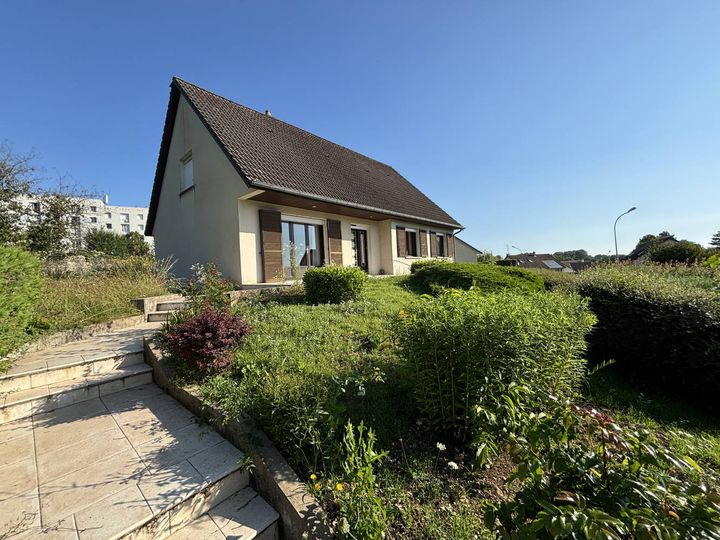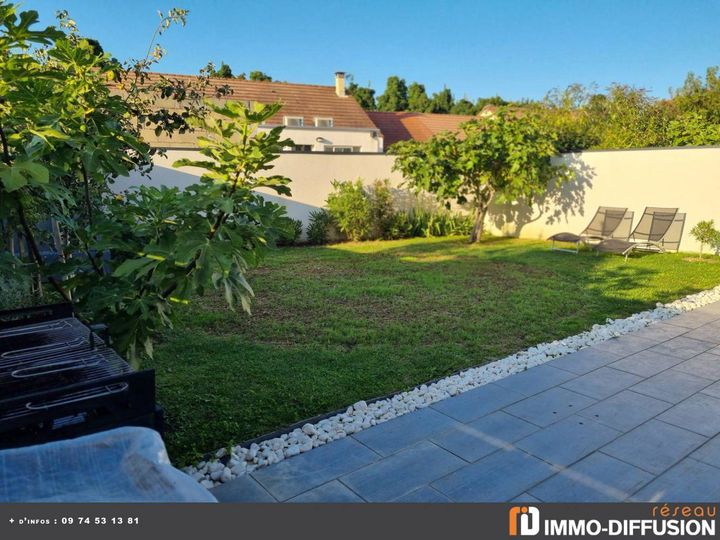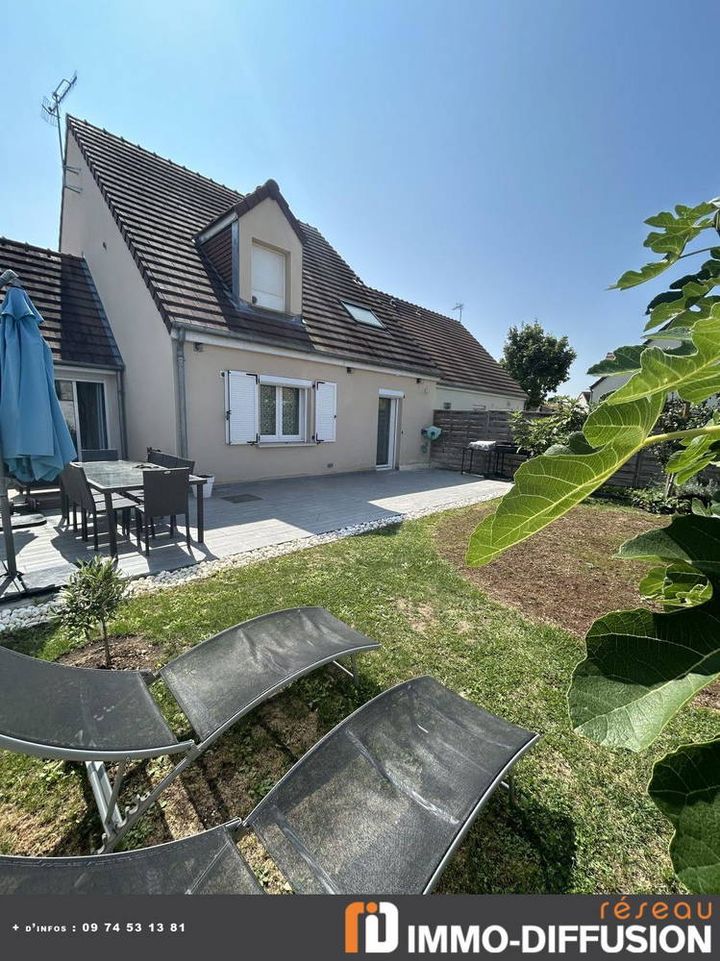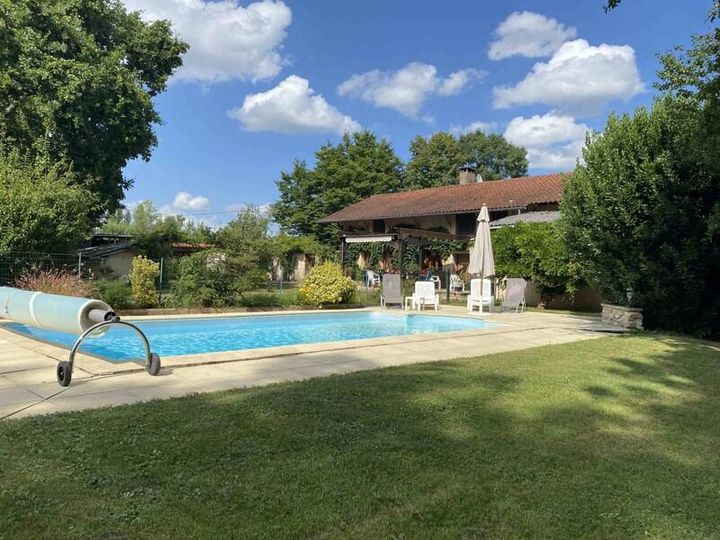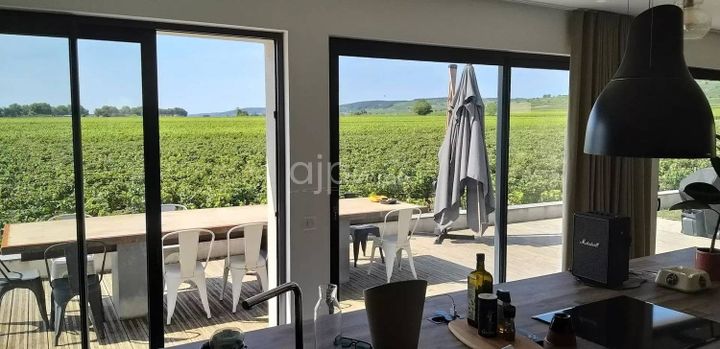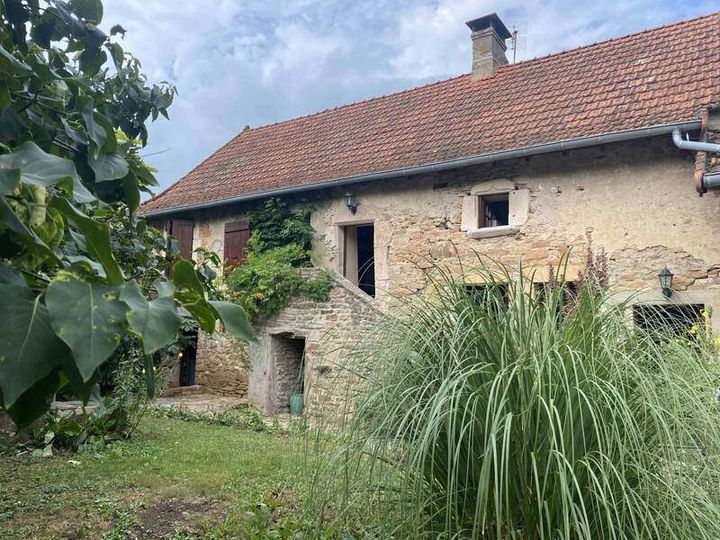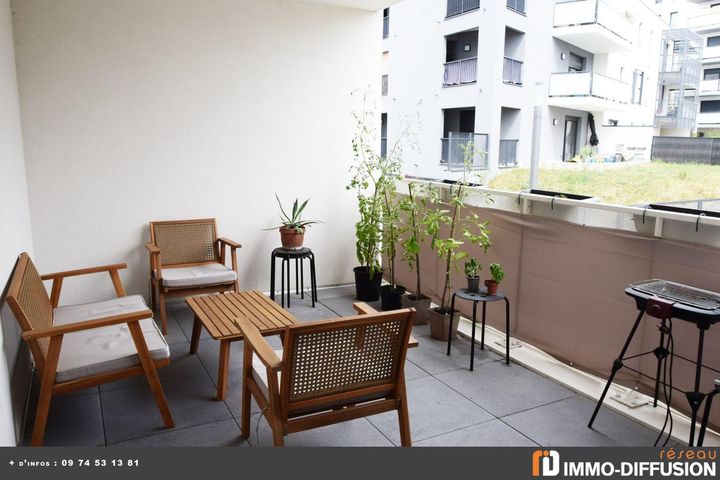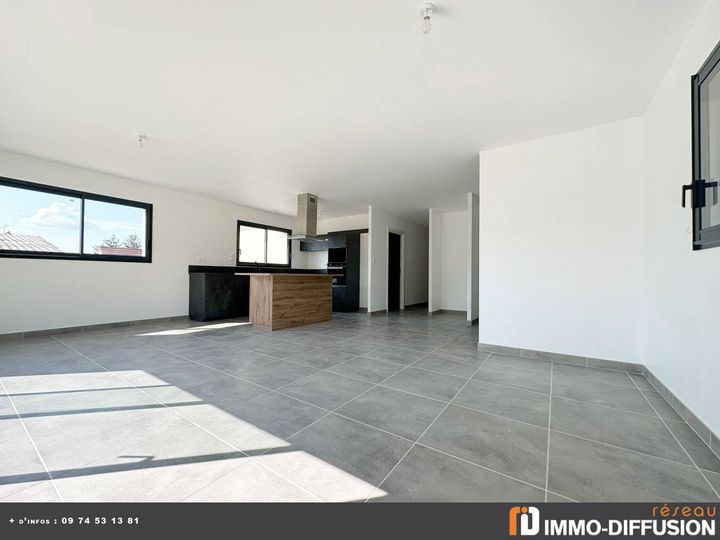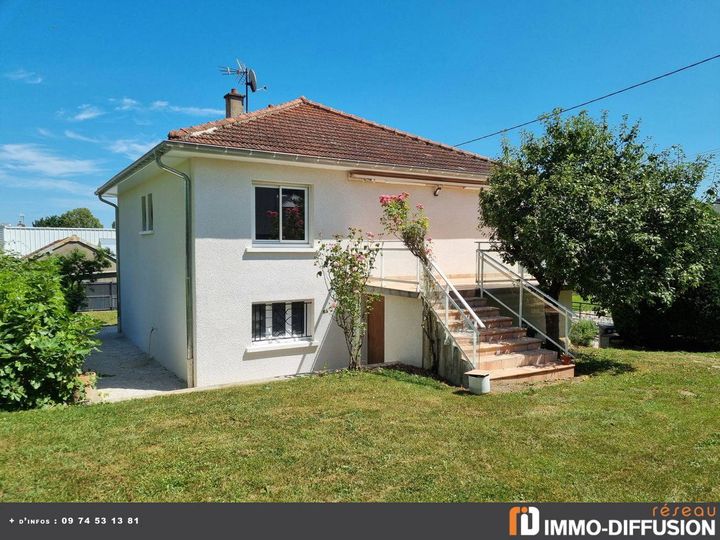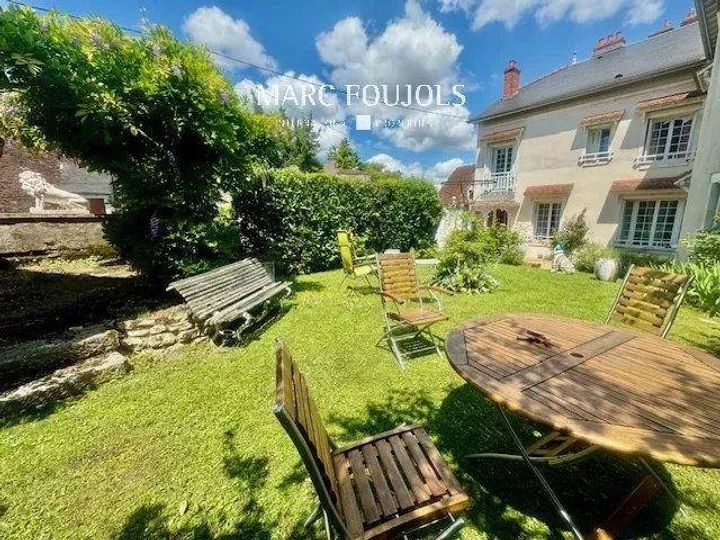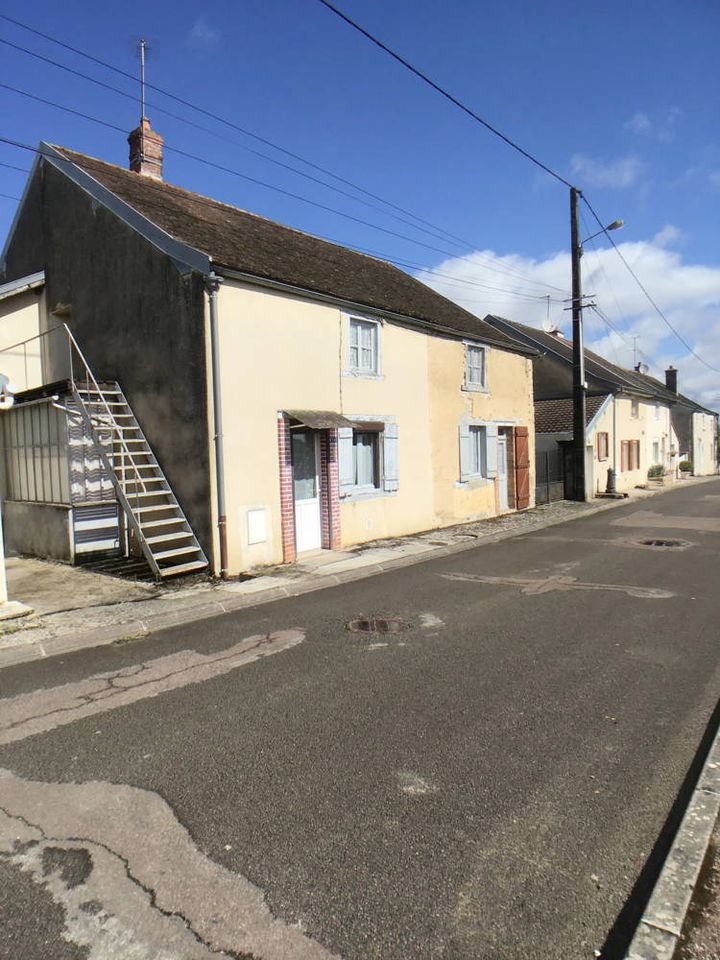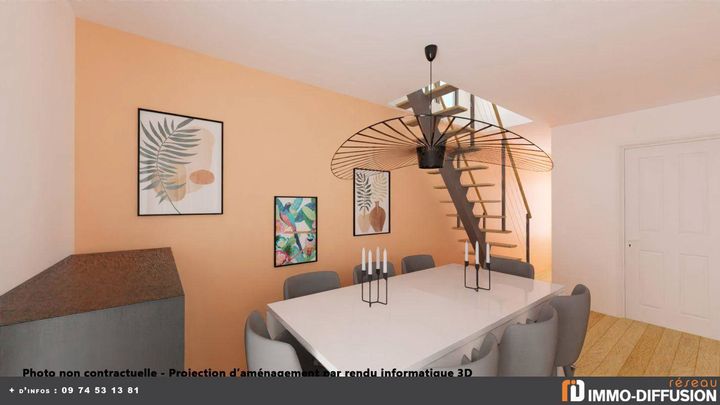Several factors influence real estate prices in Burgundy, a region renowned for its wine production and picturesque landscapes. One significant factor is the proximity to key cities like Dijon and Beaune, which can drive up property values due to accessibility to urban amenities and jobs. The appeal of historical architecture also plays a crucial role; buyers are often drawn to the charming townhouses and vineyards that reflect Burgundy's rich heritage, resulting in higher prices for these properties. Additionally, the local economy, largely centered around agriculture and tourism, can impact market dynamics. For instance, areas experiencing a surge in tourism, such as Nuits-Saint-Georges, may see inflated prices as demand rises for vacation homes. Furthermore, the scarcity of available land for development in certain picturesque locales can create competition and push prices higher. Economic factors like interest rates and investor sentiment also impact the market, influencing both buyer behavior and overall pricing trends in the region.
Burgundy
Location
Price Range
Any price
Price Range
Minimum
No min
Maximum
No max
Property type
Show all
Property type
Show all
House
Apartment
Building
Other
Bedrooms
Any beds
Bedrooms
Minimum
No min
Maximum
No max
Surface Range
Any surface
Surface Range
Minimum
No min
Maximum
No max
Sale type
For sale
Sale type
Show all
To rent
For sale
Location
Apartments and houses for sale in Burgundy
109 results
Recent
Burgundy insights
| Aspect | Summary |
|---|---|
| Population | 1,000,000 |
| Average Property Price | €250,000 |
| Rental Yield | 5.5% |
| Average Rent | €1,250/month |
| Occupancy Rate | 85% |
| Capital Growth Rate | 3% annually |
| Property Tax | €1,500/year |
| Transaction Costs | 7% of property price |
| Expected ROI | 8% |
| Economic Growth Impact | Moderate, driven by tourism and agriculture |
Burgundy FAQ
What factors influence real estate prices in Burgundy?
How have real estate prices in Burgundy changed over the past few years?
Real estate prices in Burgundy have experienced notable fluctuations over the past few years, reflecting both local and wider market trends. In particular, the demand for properties in rural areas has surged post-pandemic, as buyers seek more space and a tranquil lifestyle away from urban congestion. For instance, the average price of a traditional stone farmhouse has risen by approximately 15% since 2020, with properties in sought-after villages like Nuits-Saint-Georges and Beaune now attracting bids well above the asking price. Additionally, the impact of remote working has driven interest in vacation homes, with many buyers looking to invest in vineyard estates or charming châteaux. In contrast, some urban centers, such as Dijon, have seen a more tempered growth rate, with prices increasing by around 5% to 8% as the market stabilizes. The competition for both residential and secondary homes has led to a reduction in inventory, pushing prices upward and altering the dynamics of property transactions throughout the region.
What is the average price per square meter in Burgundy?
The average price per square meter in Burgundy varies significantly depending on the specific area and type of property. In urban centers like Dijon, prices typically range from €2,500 to €3,500 per square meter, reflecting its status as the region's capital and a hub for commerce and culture. In contrast, more rural areas, such as those in the Morvan natural park, can see prices drop to between €1,000 and €1,500 per square meter, appealing to those seeking tranquility and natural beauty. Vineyards and country homes near renowned wine-producing areas, like Beaune, may command higher prices—up to €4,000 per square meter—due to their desirability and the booming wine tourism industry. Additionally, the condition and age of the property can significantly impact prices; for instance, renovated historic homes might attract a premium, while fixer-uppers could be considerably less expensive.
Are property prices in Burgundy higher in urban areas than in rural areas?
Property prices in Burgundy vary significantly between urban and rural areas, with urban centers typically commanding higher prices. For instance, the city of Dijon, known for its historical architecture and vibrant cultural scene, tends to have higher property values compared to smaller rural communes. In Dijon, average property prices can exceed €2,500 per square meter, largely driven by demand from both buyers and renters attracted to the city's amenities and job opportunities. In contrast, rural areas such as those surrounding the Morvan Regional Natural Park offer much more affordable options, with many properties available for under €1,500 per square meter. Additionally, towns like Chalon-sur-Saône and Beaune, while still urban, have varying price dynamics; Beaune, a hub for wine tourism, may see prices closer to those in Dijon, whereas Chalon-sur-Saône, being slightly less tourist-centric, can offer more competitive pricing. This distinct urban-rural divide reflects broader trends in property demand influenced by lifestyle preferences, accessibility, and local economic conditions.
What types of properties are most popular in Burgundy?
In Burgundy, properties that attract attention often include charming old stone farmhouses, known locally as "fermes," which typically feature large plots of land and traditional architecture with rustic appeal. These homes often come with expansive gardens, vineyards, or orchards, capitalizing on the region's agricultural heritage. Additionally, detached village houses, or "maison de village," are sought after for their central location within historical towns like Beaune or Dijon, offering easy access to local amenities and markets. Another popular option is luxury châteaux, which can vary from smaller, restored estates to larger, more opulent ones that often include extensive grounds and occasionally a winery. Many buyers are also interested in renovated barns that blend traditional features with modern comforts, appealing to those looking for a unique living space.
How do seasonal trends affect real estate prices in Burgundy?
Seasonal trends significantly influence real estate prices in Burgundy, primarily due to the region's agricultural calendar and tourist influx. For instance, spring and summer typically see an uptick in property prices as buyers seek second homes or vacation properties, drawn by Burgundy’s picturesque vineyards and charming villages. In particular, towns like Beaune and Nuits-Saint-Georges experience heightened demand during these seasons, often resulting in price hikes as tourists flock to wine festivals and outdoor activities. Conversely, the winter months often lead to a decrease in activity, causing prices to stabilize or even drop slightly as fewer buyers enter the market, influenced by the colder weather and lower tourism levels. Moreover, the grape harvest in the fall can also affect real estate dynamics; properties near wineries may see increased interest as wine enthusiasts look to invest or settle closer to their favorite vineyards, pushing prices up during this season. The interplay between agricultural cycles and tourism patterns distinctly shapes the real estate landscape in Burgundy.
What should I know about property taxes in Burgundy?
Property taxes in Burgundy, like in the rest of France, are primarily composed of two main taxes: the taxe foncière and the taxe d'habitation. The taxe foncière is an annual tax on property ownership, calculated based on the property's rental value and local tax rates, which can vary by commune. For example, in Burgundy, a rural property might incur lower rates compared to one in a larger town such as Dijon. The taxe d'habitation, previously charged to the occupant of a home, is being phased out for primary residences, but additional charges may apply for secondary homes, especially in popular areas or tourist destinations. Additionally, Burgundy has some specific local rules; for instance, certain properties may be eligible for exemptions or reductions based on their historical status or location within a designated sector. Property owners should also be aware of the implications of any potential renovations, as these can affect the property’s assessed value and, consequently, the tax liabilities.


